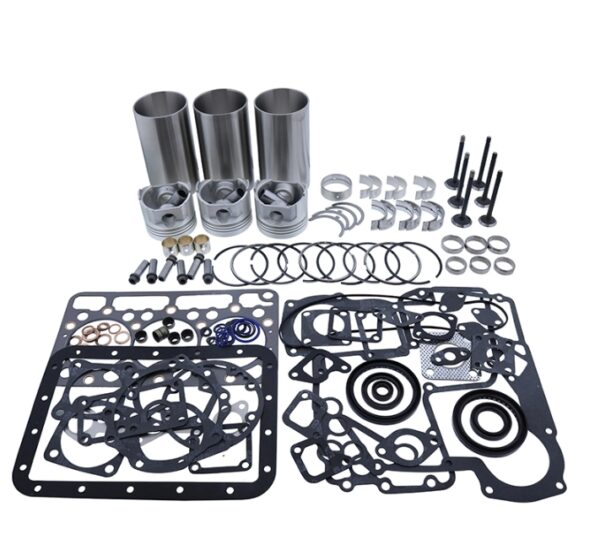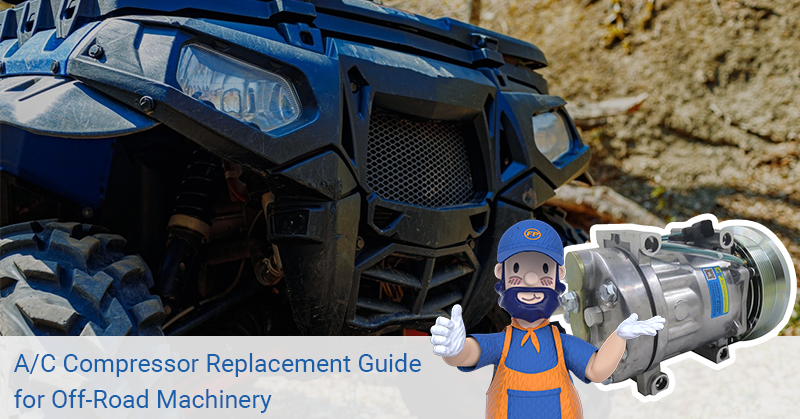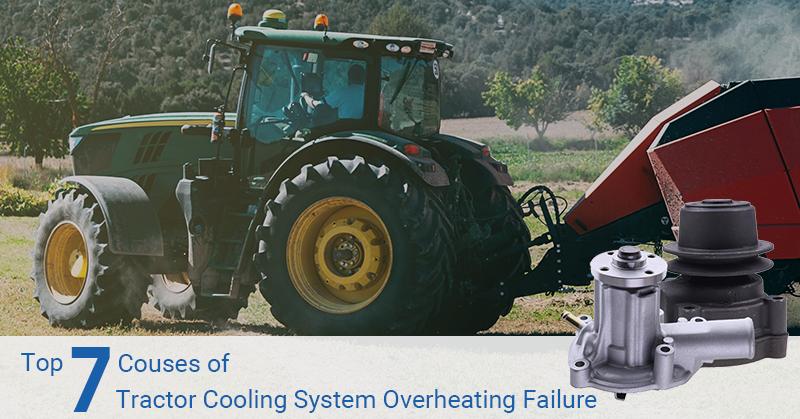Maintaining the carburetor is crucial for the optimal performance and efficiency of off-road machinery. While a full carburetor overhaul may be necessary in some cases, there are methods to clean the carburetor without removing it from the engine. This can be a convenient and cost-effective solution, especially for owners of off-road equipment such as ATVs, snowmobiles, or lawnmowers. Here’s a guide on how to clean a carburetor, along with some signs that indicate it’s time for an engine carburetor cleaning and the benefits of an overhaul kit.

Tools for Cleaning a Carburetor
Before you start, gather the tools and materials:
- Carburetor cleaner
- Compressed air
- Soft brushes (nylon or brass)
- Screwdrivers (flathead and Phillips)
- Pliers
- Carburetor overhaul kit
- Protective gloves and eyewear
Steps of Cleaning an Off-Road Machinery Carburetor
1. Preparation
Begin by turning off the fuel supply to the carburetor and disconnecting the fuel line. Tilt the carburetor and drain any remaining fuel into the oil pan for a cleaner working space. Drain any remaining fuel from the carburetor bowl.
2. Remove the air filter & carburetor bowl
With the air filter removed, the carburetor bowl can be more easily accessed. Loosen and remove the carburetor bowl so you can clean the internal components.
3. Clean the outside
Use a soft brush and carburetor cleaner to scrub the exterior of the carburetor. Pay special attention to the linkages and any external components that may have accumulated dirt and grime.
4. Apply carburetor cleaner
After removing the air filter, you can liberally spray carburetor cleaner into the carburetor’s throat. Then wait for a few minutes and apply it one more time to ensure the entire carburetor is covered. This will help dissolve any gummed-up fuel and varnish inside the carburetor, restoring the carburetor to better working conditions. It is important to ensure the working environment is well-ventilated to avoid exposure to the chemicals, and also be mindful of fire and explosion hazards, as carburetor cleaners are flammable.
5. Use compressed air
After letting the cleaner sit for a few minutes, blow out the carburetor with compressed air. This will help remove any loosened debris and dry the surfaces.
6. Inspect and clean jets and passages
If possible, remove the jets and clean them with compressed air and a wire brush. Use a small wire or needle to ensure all passages are clear.
7. Replace with a new bowl
A new bowl can reduce the risk of affecting the carburetor.
8. Reassemble and Test
Once you’ve cleaned the carburetor, reconnect the fuel line, turn on the fuel supply, and test the engine. If it starts easily and runs smoothly, your cleaning is successful.
Recommended Time to Clean an Off-Road Machinery Carburetor
The frequency of carburetor cleaning depends on how often you use your off-road machinery and the type of fuel you use. Generally, it’s a good idea to clean the carburetor at least once a year or every 100 hours of operation. However, if you notice any of the following signs, it’s time to clean your carburetor:
- Difficulty starting the engine
- Rough idling or stalling
- Loss of power or acceleration
- Increased fuel consumption
- Black smoke from the exhaust
- Engine flooding or over-rich fuel mixture

Try to Use the Overhaul Kit
If your carburetor is severely damaged or the cleaning doesn’t solve the performance issues, an overhaul may be necessary. An overhaul kit typically includes gaskets, O-rings, seals, and sometimes jets and other components. Overhauling a carburetor involves a more thorough disassembly and replacement of worn parts. It’s a more involved process but can restore the carburetor to like-new condition, improving engine performance, reducing fuel consumption, and lowering emissions.
Read: Overhaul vs Rebuild
Conclusion
Cleaning an engine carburetor without removing it is a practical way to maintain your off-road machinery. By following the steps outlined above and using the recommended tools, you can keep your carburetor in good working order. Remember to clean it regularly and watch for signs of trouble. When necessary, don’t hesitate to use an overhaul kit to bring your carburetor back to its optimal performance. With proper maintenance, your off-road machinery will continue to serve you well for years to come.







Leave A Comment